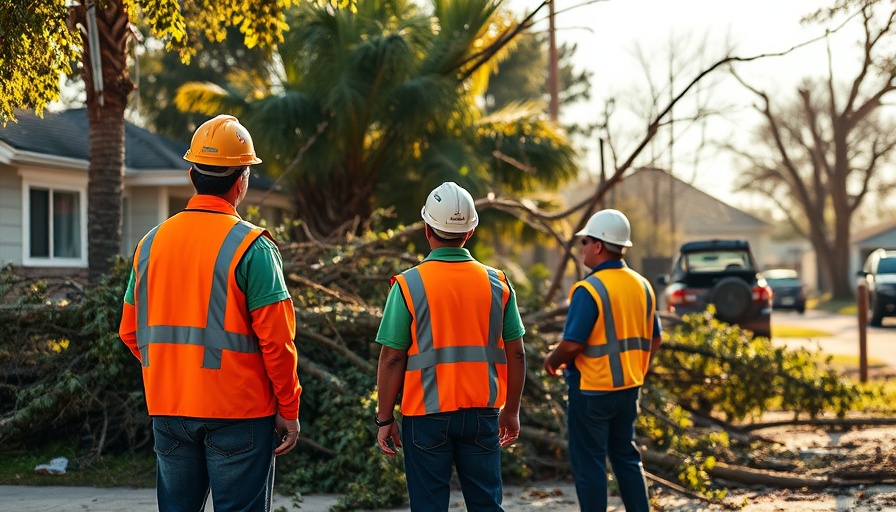
Hurricane Preparedness: The Art of Anticipation
When it comes to managing emergencies, especially in regions prone to natural disasters, being prepared is the cornerstone of success. Jason Hollifield, Duke Energy's first-ever manager of emergency preparedness, learned this firsthand during Hurricane Helene. As he led the charge in restoring power to millions, his focus was more than just immediate response; it was about anticipating what could go wrong before it happened.
Why Preparedness Matters in Today’s World
Living in the Carolinas, where hurricanes can wreak havoc on communities, highlights the insurance of a robust emergency preparedness plan. Hollifield emphasizes this, saying that every day in his role involves imagining potential disasters and ensuring that plans are solidified before they occur. His experience during Helene showed him that a proactive approach not only saves time but ultimately saves lives. The $53 billion in damages from Helene is a stark reminder of the fragility of our infrastructure.
A Personal Journey from Rural Roots to Emergency Management
Hollifield’s journey to his current role is rooted in his upbringing in rural North Carolina, where community and preparedness took center stage. Raised on a farm, he understands the value of hard work, resourcefulness, and planning. This background, coupled with degrees in business management and industrial engineering, prepared him well to tackle the complexities of modern emergency preparedness within such a large organization as Duke Energy.
Lessons from Hurricane Helene
Hurricane Helene was Hollifield’s most rigorous test yet. For weeks, he led his team through grueling hours, ensuring that crews were positioned to respond quickly when the storm hit. The loss of over 4.7 million homes left him reflecting on the systems in place, the readiness of his workforce, and what innovations could further improve their response tactics. Establishing an efficient communication plan among responders was a crucial takeaway, as clear lines of communication can make the difference in resource allocation and team morale.
Building Community Trust Through Engagement
Effective disaster preparedness goes beyond just formulas and strategies; it involves building trust within the communities served. Hollifield has worked relentlessly to engage local leaders and residents in discussions about emergency measures. He believes that a well-informed public can significantly contribute to effective recovery efforts by knowing how to prepare their homes and families for possible scenarios.
Looking Ahead: Future Trends in Emergency Management
As weather patterns continue to evolve with climate change, Hollifield is actively seeking innovative technologies that will aid in disaster response. From drones that can survey damages to predictive analytics that anticipate outages, the future of emergency management is rooted in technological advancement and a commitment to ongoing education. Hollifield embodies this forward-thinking approach, waking up each day committed to redesigning a safer energy future for the Carolinas.
As communities prepare for upcoming hurricane seasons, it becomes evident that no effort is too small when it comes to safeguarding our homes and infrastructure. With heroes like Jason Hollifield at the helm, we move a step closer to not just weathering the storms—but truly thriving in their aftermath.
 Add Row
Add Row  Add
Add 



Write A Comment